 Now for some under the sea fun!! Most of these activities are easily created using items likely already around the house, but you may need to plan ahead a bit to have supplies on hand! Check with your host family about getting supplies to use!
Now for some under the sea fun!! Most of these activities are easily created using items likely already around the house, but you may need to plan ahead a bit to have supplies on hand! Check with your host family about getting supplies to use!
- Create a sensory beach exploration pool!
- Practice scissor skills with this super cute octopus craft!
- How about some under the sea slime?
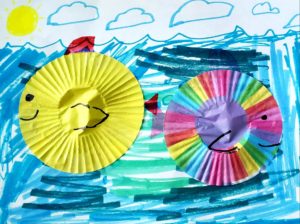
- Use patterned cupcake liners to make a school of fish!
- Coffee filter rainbow fish!
- Toilet paper rolls transformed into a school of fish?
- Weave a rainbow fish!
- Create a styrofoam octopus!
- Try making a shark cootie catcher!
- Have fun with some ocean themed mazes!
- Create a shark fin hat!
- Transform ordinary rocks into pet fish rocks!
- So many great ideas! Check them out on the Au air in America Pinterest boards here!
Play with your food:
- Create a yummy fish snack with oranges and blueberries!
- How about a little crab sandwich?
- Banana dolphins in a sea of Jello is yummy!
- Sea turtle cupcakes!
- Bears at the Beach
Field Trips & Virtual Field Trips –
 **As always, please confer as a family before deciding upon activities and check to make sure you are able to visit locations as some are restricted to county residency or require purchased, timed entry passes.**
**As always, please confer as a family before deciding upon activities and check to make sure you are able to visit locations as some are restricted to county residency or require purchased, timed entry passes.**
- Calvert Marine Museum: At the Calvert Marine Museum natural history and maritime heritage come together to tell a unique story of the Chesapeake Bay. This is a family-friendly museum that offers live animals, fossils, interactive exhibits, daily activities, and a furnished cottage-style lighthouse – something for every age.
- Calvert Marine Museum Paleo Prep Lab: Visit Kevin in the CMM Paleo Prep Lab to learn
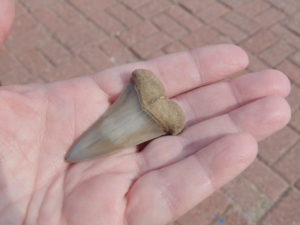 about unique fossils in the museum’s collection!
about unique fossils in the museum’s collection! - Calvert Marine Museum Paleo Prep Lab Megalodon Shark Teeth: Join CMM Exhibits Interpreter Kevin in the museum’s Paleo Prep Lab, as he shares a few fossilized meg teeth and talks about why these massive sharks may have journeyed into the Chesapeake Bay.
- Calvert Marine Museum Otter Cam: Otter indoor cam.
- Calvert Marine Museum Otter Cam: Otter outdoor cam.
- Calvert Marine Museum River Otters: Located outside at the head of the Marsh Walk, the River Otter habitat is sure to please. Watch how otters frolic and engage in playing with their favorite enrichment item. You may find one diving into the 8,000 gallon freshwater pool or taking an afternoon nap beneath a favorite hollowed out log. River otters are well suited for life in and around the Chesapeake Bay and its tributaries, though often go unnoticed. In the wild, they tend to be more active during the dusk and dawn hours, their dark fur blending seamlessly into the background. During the day, river otters are often sleeping in their den or mud-bank cave. Healthy otters will generally avoid humans. In nature, otters are atop the food web with few predators. They will eat most anything including fish, insects, birds, reptiles, amphibians, crustaceans and even other mammals. “Squeak” does not have to bother with hunting as all of his food is provided for him. Fish, shrimp, hard-boiled eggs, carrots and various fruits round out their main diet.
Webcams – You can visit aquariums and such around the globe to observe sea creatures. The Monterey Bay has a wonderful collection of options to explore! 
- Monterey Bay Aquarium Kelp Forest Cam
- Monterey Bay Open Sea Cam
- Monterey Bay Sea Otter Cam
- Monterey Bay Aquarium Moon Jelly Cam
Videos – Movies like Finding Nemo, Dolphin Tale, Moana and the Little Mermaid go well with this theme.
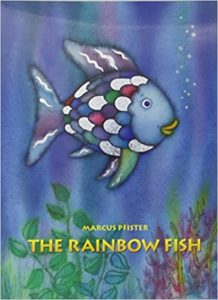 Books – Check your local library or book stores for books on sea creatures and the ocean!
Books – Check your local library or book stores for books on sea creatures and the ocean!
- The Rainbow Fish is a classic children’s book, your host kids may already own.
- Ocean Anatomy – Julia Rothman’s best-selling illustrated Anatomy series
 takes a deep dive into the wonders of the sea with Ocean Anatomy. Follow Rothman’s inquisitive mind and perceptive eye along shorelines, across the open ocean, and below the waves for an artistic exploration of the watery universe. Through her drawings, discover how the world’s oceans formed, why the sea is salty, and the forces behind oceanic phenomena such as rogue waves. Colorful anatomical profiles of sea creatures from crustacean to cetacean, surveys of seafaring vessels and lighthouses, and the impact of plastic and warming water temperatures are just part of this compendium of curiosities that will entertain and educate readers of all ages.
takes a deep dive into the wonders of the sea with Ocean Anatomy. Follow Rothman’s inquisitive mind and perceptive eye along shorelines, across the open ocean, and below the waves for an artistic exploration of the watery universe. Through her drawings, discover how the world’s oceans formed, why the sea is salty, and the forces behind oceanic phenomena such as rogue waves. Colorful anatomical profiles of sea creatures from crustacean to cetacean, surveys of seafaring vessels and lighthouses, and the impact of plastic and warming water temperatures are just part of this compendium of curiosities that will entertain and educate readers of all ages.
Photos by: Cynthia Chan; marneejill {flickr}; Michael Ravodin {flickr}

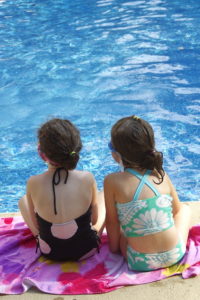

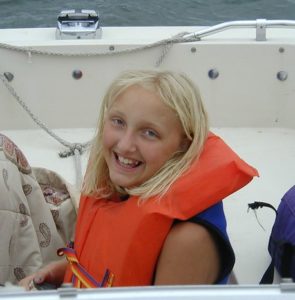
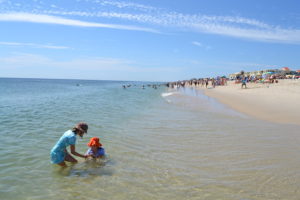
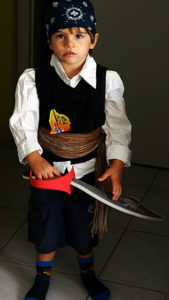
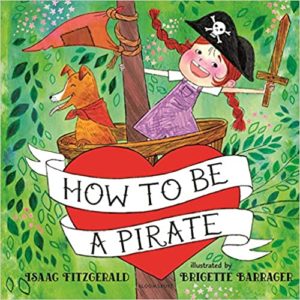







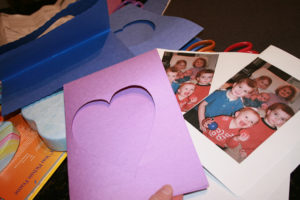 Mother’s Day recognizes mothers, motherhood and maternal bonds in general, as well as the positive contributions that they make to society. It was established by Anna Jarvis, with the first official Mother’s Day was celebrated at St. Andrew’s Methodist Church in Grafton, West Virginia, on May 10, 1908.
Mother’s Day recognizes mothers, motherhood and maternal bonds in general, as well as the positive contributions that they make to society. It was established by Anna Jarvis, with the first official Mother’s Day was celebrated at St. Andrew’s Methodist Church in Grafton, West Virginia, on May 10, 1908.



